If you’re going on long rides it can be essential to carry extra fuel for the trip. It can also be quite dangerous carrying extra fuel tanks while riding. Here are some popular options to consider, some helpful safety tips, and my recommendation on how to go about it.
Having extra gas is always a good idea on and ATV or side by side. It comes in real handy in case you run out of gas or you’re going on a long trip. You could always strap a 5 gallon gas jug to the back of your machine. But, that’s not very safe and causes an irritating sloshing effect when you’re riding.
The three best options for carrying extra fuel on your rides are:
I recommend the gas packs, you will see why below.
Fuel bottles are an inexpensive way to have the extra fuel you may need in case of an emergency. The most popular fuel bottles are these MSR Fuel Bottles found here on Amazon. They are made for carrying fuel and they are safe. They are metal to prevent puncture and they’re leak proof to prevent spills.
If you have storage space you could fit these bottles in, then great. If not you can either buy a rear storage box or get a Bottle Holster found here on Amazon and mount it on the ATV somewhere. This holster will fit the MSR bottles nicely and have plenty of straps to secure it to your machine easily.
The ATV rear storage box I recommend is the Coleman ATV Rear Padded Bag found here on Amazon. They run about $60-70 and are a simple padded bag you mount to the back of your ATV. The Camco Storage Box is a lot nicer but will cost you an extra hundred bucks. That’s why I stuck with the cheaper Coleman.
These gas packs are the best way to go for storing extra fuel on your ATV. These work well for jeeps or side by sides as well. The ones I recommend are the Rotopax Gas Packs found here on Amazon. These things are durable, they’re made with thick walls and are leak proof. They will fit right on the racks of your ATV and are easy to mount.
These work well for jeeps or side by sides as well. The ones I recommend are the Rotopax Gas Packs found here on Amazon. These things are durable, they’re made with thick walls and are leak proof. They will fit right on the racks of your ATV and are easy to mount.
To mount the gas pack you could simple strap it (with ratchet straps or something) to your machine using the strap points on the top and bottom of the can. What I recommend is to use these Fuel Pack Brackets like this one from Amazon to mount it on your ATV. These brackets save time and the fuss of having to deal with straps. Just place the can on the bracket and rotate the center lock to lock the can to the bracket.
The brackets will keep the gas packs out of the way of other things you want to mount on your racks. You can mount the brackets anywhere the hardware allows. Here is an example:
The factory gas tanks on ATV’s are usually only a few gallons. They do this for weight and cost reasons, but if your going on long distance rides, this might not be enough. Some long distance riders will actually switch the gas tank itself out for a higher capacity one.
Some long distance riders will actually switch the gas tank itself out for a higher capacity one.
I don’t recommend doing this unless you are good at working on your machine or you take it to a shop. First you have to find a gas tank that will hold more fuel and still fit your machine. Then you would disconnect the fuel lines to the tank. Make sure the machine is off and the key is removed before starting any work.
You will need to empty the tank before you unhook the fuel lines or you could have a big mess on your hands. To remove the fuel tank, take all the bolts connecting it to the machine out, you may have to remove the seat or other components to do this. Remove the fuel tank and install the replacement.
You can see why I recommend the gas packs. They are so much simpler, and will last forever.
Here are some safety tips to consider while transporting extra fuel on your quad.
 This way you aren’t bringing way too much, or not enough, fuel with you.
This way you aren’t bringing way too much, or not enough, fuel with you.Just be smart about carrying extra fuel. Don’t wear the fuel in a vest or in your coat, store it safely on the machine somewhere. There are too many better options than to risk injury to yourself. I use the Rotopax Gas Packs I mentioned earlier and that is what I recommend. The ease and safety of them can’t be beat.
I use the Rotopax Gas Packs I mentioned earlier and that is what I recommend. The ease and safety of them can’t be beat.
Sharing is caring!
Sometimes you need more fuel for a ride than the gas tank will hold, but you're probably wondering how you can safely bring more fuel with you. This post will tell you how to carry extra fuel on your ATV.
You'll need to determine how much extra fuel you need. Do you want it for emergencies or to extend your riding time?
4 to 10 gallons is what most people need, but there's a big difference there. If you only need 4 or 5, 10 would be overkill. If you need 8 to 10, then 4 or 5 will leave you seriously unprepared.
If you don't already know your ATV's gas mileage, you can feel it out over a few rides. Determine how much riding you can get out of your gas tank and then calculate how much riding you want to do beyond that, or in the event of an emergency.
While you could technically strap a 5-gallon gas jug to your ATV, it isn't safe. There are three ways to safely carry extra fuel on your ATV.
Fuel bottles are made of plastic or metal, and they are intended to be tough and unlikely to be damaged or punctured. They should also have leak-proof caps and overall design. You definitely want the gas to stay locked up tight. Research any fuel bottles you buy to ensure they are as tough and leakproof as they claim.
You will then put the fuel bottle in your ATV storage or aftermarket storage bag or box and pack it so you can make sure it doesn't roll or jostle around. There are fuel bottle holsters you can add to your ATV to securely hold your fuel bottles. You might prefer those.
Gas packs are tough containers intended to be mounted on your machine. This can be done with ratchet straps or fuel pack brackets. With fuel pack brackets, you can position the pack on the bracket and give it a simple twist to secure the pack. Using the gas pack and bracket method will be the most convenient option to carry fuel and other gear at the same time.
Using the gas pack and bracket method will be the most convenient option to carry fuel and other gear at the same time.
Factory gas tanks on ATVs usually only hold a few gallons. You can replace your gas tank for one with a higher capacity, but it is a complex job and unless you're very skilled with ATV repair, it'd be wiser to take it to a shop for this upgrade.
Any gas tank you'll replace yours with will have to be able to fit the space inside the machine. You also need to take weight and balance into consideration. The ATV was designed with the weight of the factory gas tank in mind.
If you were to try to replace the gas tank yourself, you'd need to empty the gas tank and make sure the machine is off and the key is removed.
You would disconnect the fuel lines to the tank, and potentially remove the seat and several other parts to get to the gas tank itself. You'd remove all the bolts and the gas tank itself. Then install the new gas tank and hook everything back up.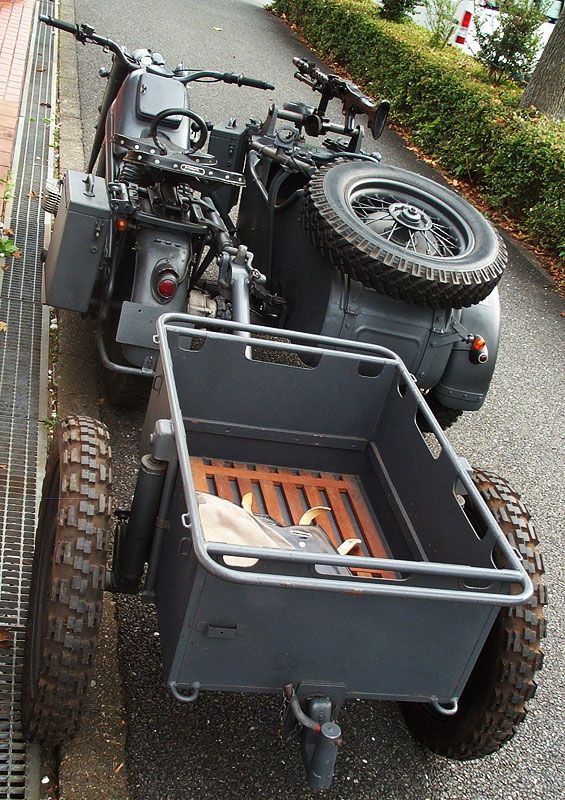
Off-road are the core piece of riding gear for ATV & UTV riders
Find out the best look for you
Creativity and ingenuity are great, but carrying extra fuel on your ATV is not a place to use either. You do it the recommended way or it could get ugly.
Use only containers built to carry fuel. Other containers can easily leak or be too readily damaged.
Don't carry gas on your person. No matter how hard you avoid leaks and damage, they can still happen, particularly in the event of an accident. Should the container become compromised, you want gas as far from your body as possible.
Unused gas breaks down and loses its effectiveness, even in the right containers. You could keep gas in an appropriate bottle or pack for short periods, but if it will be sitting for a month or more, at least add some fuel stabilizer to it to extend its life. Stabilizer manufacturers say it will keep gas viable for a year.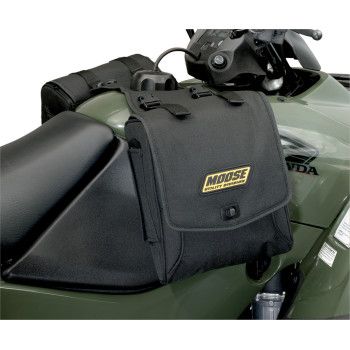
When you carry extra fuel on your ATV, you'll need to add checking the fuel bottle or gas pack to your maintenance list before and after every ride. Is it leaking or damaged? Is it just getting old?
Take them to the gas pump and set them on the ground.
Like when pumping gas into your car, avoid sparks. Turn off your vehicle and touch something metal before pumping the gas.
Don't smoke while filling a fuel container.
Don't put the gas container inside your vehicle. Fumes from it can buildup inside the vehicle, asphyxiating the occupants and creating a combustible environment.
Don't siphon the gas with your mouth. There are products that will siphon the gas from the container for you, and they're inexpensive and really easy to use.
SPORTSMAN Black
36 EUR
32.40 EUR
-10%
HIT
ENDURO LIGHT Graphite
the most durable
458 EUR
412. 20 EUR
20 EUR
-10%
HIT
ENDURO Camogrey
the most durable
657 EUR
591.30 EUR
-10%
HIT
ENDURO Graphite
the most durable
279 EUR
251.10 EUR
-10%
HIT
ENDURO Graphite
the most durable
657 EUR
591.30 EUR
AQUAMASTER-ZIP LIGHT Camogrey
with central zipper
598 EUR
412.50 EUR
-10%
HIT
ENDURO LIGHT Camogrey
the most durable
458 EUR
412.20 EUR
AQUAMASTER LIGHT Red
reliability & comfort
438 EUR
324.50 EUR
NEODRY Black
17 EUR
11.90 EUR
-10%
HIT
ENDURO Camogrey
the most durable
279 EUR
251. 10 EUR
10 EUR
AQUAMASTER Blue
reliability & comfort
647 EUR
582.30 EUR
-30%
HIT
AQUAMASTER Red
reliability & comfort
259 EUR
181.30 EUR
-40%
HIT
AQUAMASTER Orange
reliability & comfort
259 EUR
155.40 EUR
AQUAMASTER Red
reliability & comfort
677 EUR
591.40 EUR
-40%
HIT
AQUAMASTER Camogreen
reliability & comfort
259 EUR
155.40 EUR
BELT
9 EUR
8.10 EUR
ENDURO BF Camogrey
bootfoot waders
528 EUR
475.20 EUR
ENDURO BF Camogreen
bootfoot waders
289 EUR
173.40 EUR
ALL SEASON Black
62 EUR
55. 80 EUR
80 EUR
ENDURO BF Camogrey
bootfoot waders
329 EUR
296.10 EUR
Explore all
For a long time we stopped not paying attention to the fuel consumption of our vehicles. Oil, and then gasoline, is constantly rising in price. Here in this article we will discuss all the subtleties of the issue of fuel consumption for ATVs, some consider it too high, others adequate according to the type of transport. In general, we will discuss the fuel consumption of ATVs: all the pros and cons that have become painful for our domestic users of four-wheeled motor vehicles.
Why do some ATVs use more fuel than popular mid-range cars? First of all, an ATV is an off-road motorcycle, so you can’t apply the technologies that automakers use to develop the most “popular” car models to reduce their fuel consumption. For an ATV, engine power and torque are important. But this does not mean that manufacturers deliberately create engines for ATVs with increased fuel consumption, they just do not regulate them for low fuel consumption, worsening their dynamic performance.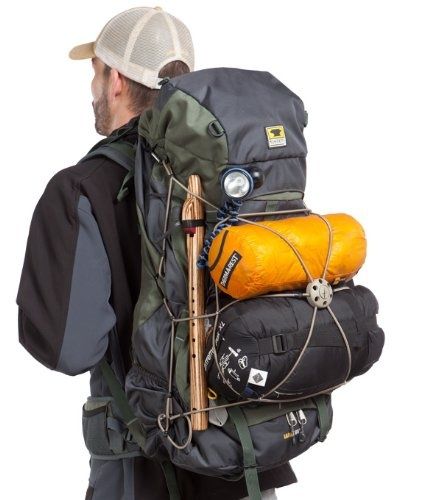
Based on the experience of ATV riders, we can safely say that the average fuel consumption for 500-700cc ATV models is about 10 liters per 100 km, which is the average consumption for conventional vehicles with an engine capacity of no more than 2000cc. see This indicator for driving on a mixed type of asphalt-ground surface. Having visited the sands, wetlands for a long time or went hunting, get ready, of course, for a higher consumption of 12-13 liters per 100 km. In general, the range of fuel consumption for an ATV engine is very large, and this is due to frequently changing operating conditions.
If you are looking to reduce the fuel consumption of your ATV due to influencing factors, then the following tips will help you in this.

Advice for those who are just planning to buy an ATV. There are many both carbureted and fuel injected engines on the market in ATV models.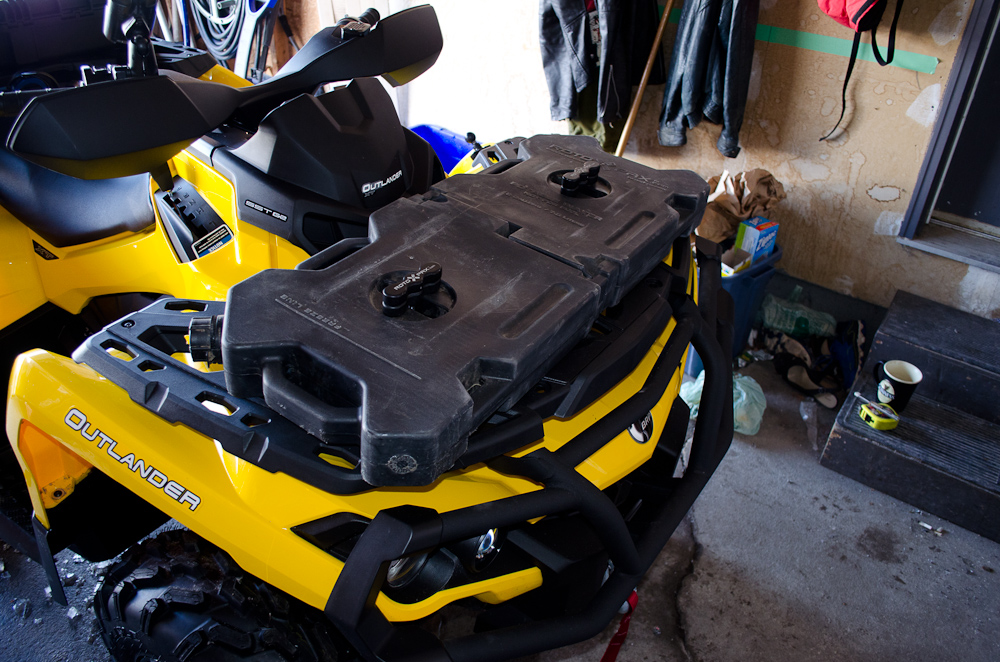 The injection engine will consume less fuel with a gentle operation.
The injection engine will consume less fuel with a gentle operation.
But is it worth adhering to a sparing mode of operation when the main goal of buying an ATV is to feel the adrenaline from extreme driving of four-wheeled motor vehicles. The ATV will help you on the hunt when chasing the beast, get to the reed thickets as close as possible while fishing, remove snow from the farmstead in winter and just get euphoria from fast driving over rough terrain. With all these charms, the ATV's fuel consumption will be slightly increased, but it's worth it.
Boat owners understand that good outboard motors cost good money. This complex and often expensive unit requires careful handling. And this applies not only to compliance with the rules of direct operation, but also to the transportation of the mechanism. About how to organize the transportation of the outboard motor by land transport, the experts of the water-motor center "Sport Extreme" tell.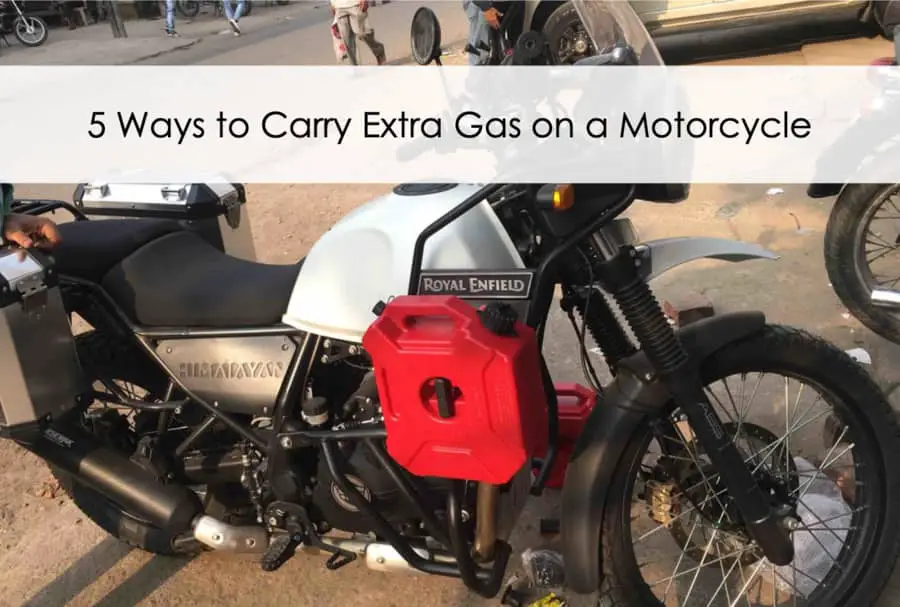
Much depends both on the dimensions of the outboard motor itself and on the transport devices that the owner has at his disposal. Some use the body of a van or car trailers for transportation, others use the trunk or even the interior of a car.
There are also special trolleys that have a partially collapsible design and can perform other functions besides a means of transportation. They can store the motor, hang it up during repairs, load and unload the unit from the vehicle. There is a place for such a trolley in the back.
It is better not to be too lazy and do just that, it will prolong the longevity and performance of the unit. In addition, this process does not bring any extra costs. Ideally, the outboard motor should be transported with a fully depleted fuel.
But even if there are residues in the tank, transportation is allowed with the fuel supply valves and the ventilation valve completely closed and the tank lid as tight as possible.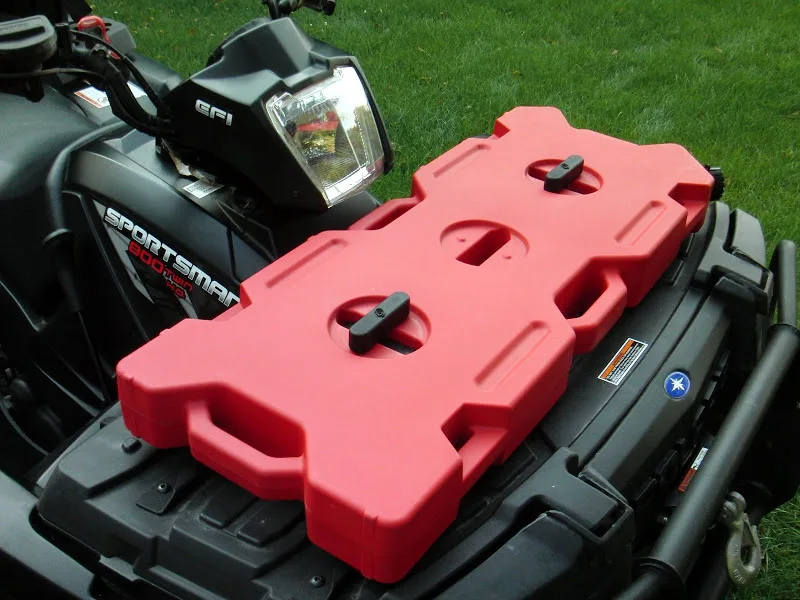 But transportation with a full tank when shaking on the road is fraught with leaks, which, in turn, in a moving car, can result in a fire.
But transportation with a full tank when shaking on the road is fraught with leaks, which, in turn, in a moving car, can result in a fire.
"Clothes" for the engine does not fit. But it is not necessary to wrap the engine in kilometers of plastic wrap, like baggage at the airport. Enough to get a cover. It will protect against scratches and prevent the smell of gasoline that remains in a stationary tank from penetrating into the surrounding atmosphere (for example, from the trunk into the car).
This question cannot be answered unambiguously. It all depends on what you plan to organize transportation. Moreover, each type of PLM (two-stroke and four-stroke) has its own nuances. In general, it is considered that the best position of the engine is the one that is close to its working condition. In practice, motor owners use two transportation options: vertical and horizontal.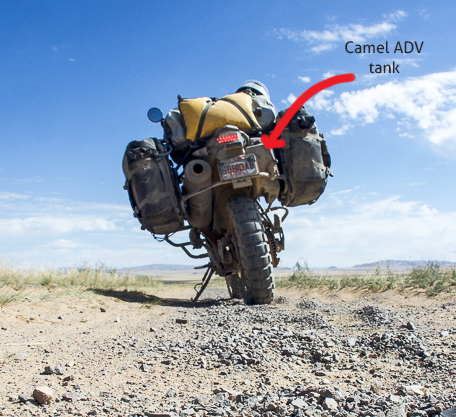
This is the best way. If you have a van or trailer at your disposal, position the unit vertically, nailing it to a cart that is securely fastened to the side. An important point: the distance between the screw and the floor must have a safety clearance of at least 12 cm. If the engine is on its feet, there is a high probability of deformation when driving over bumps. Some place the motor vertically between the rear and front seats when transporting in the passenger compartment of a conventional car.
If it is not possible to mount the motor vertically, this method is acceptable. But here consider what type of outboard motor you have. In general, two-stroke engines are less whimsical and capricious compared to four-stroke units.
Consider both options:
 Please note that the motor gearbox is higher than itself. Securely fasten the unit with a wire, cable or cord, after laying a dense material under it (isolan, polystyrene).
Please note that the motor gearbox is higher than itself. Securely fasten the unit with a wire, cable or cord, after laying a dense material under it (isolan, polystyrene). Transportation is all about safety! Follow these simple rules when transporting your PLA and it will please you with stable operation and long and trouble-free operation.
If you plan to equip your boat with a motor, take a look at the catalog of the Sport-Extreme online store. Customers are presented with a large selection of models from popular manufacturers (Hidea, Mercury, Tohatsu, Yamaha), different in type, power and, of course, price.